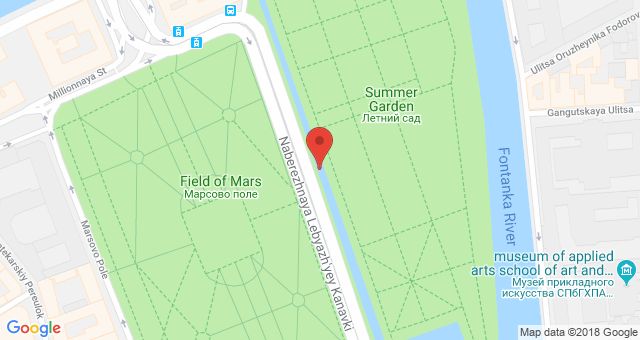Very often various epithets are used in relation to St. Petersburg: Northern Palmyra, Fourth Rome, Northern Venice, City of Lions, City of Islands, etc. Among them, there is a City of rivers and canals. And this is no coincidence. After all, it arose on the banks of the Neva, which in its delta is divided into 5 branches and has a fairly large number of tributaries and ducts. They divide land into separate parts - islands. The number of islands is constantly changing. This is mainly due to the need for the arrangement of canals and their elimination.
How did the channels multiply?
After Petersburg became the capital of the Russian Empire in 1712, civil engineering began to develop actively in it. It was originally planned on Vasilievsky Island, despite the fact that the first city center had already formed at that time on Troitskaya Square, on Birch Island (now the Petrograd Side). However, the development of Vasilievsky as a city center did not happen; the city began to grow actively on the left bank of the Neva. Most of the houses were wooden at that time, but the stone ones had wooden floors. Such houses burned easily, because the city burned out often and severely. To reduce the area of burnout, by decree of Peter I, it was decided to divide the territory into separate parts, separated from each other by water arteries as a natural barrier to the spread of fire. For this, work began on digging a large number of channels. In addition, the dug canals performed another important function - draining the wetland. It was then that the Neva channels Moika and Fontanka appeared, the Ligovsky Canal, the Admiralteysky Canal and others were dug. Among these channels there was a groove in St. Petersburg and the Swan.

Groove history
By 1711, the first garden of the city, the Summer Garden, was already laid out on the left bank. Next to it was the small river Lebedinka. For eight years, it was cleaned and deepened. They gave a new name - the Summer Canal, in accordance with the name of the garden. After all, she was walking along its western border. The name Swan Groove was given a little later due to the fact that the swans of the Summer Garden gradually moved to its space.
In the 30s. Four wooden bridges were built through the groove, two of which have the same name: Upper Lebyazhy and Nizhny. The shores were sewn up with wood.
At the end of the 18th century. a stone terrace was erected on the right bank of the Swan grooves.
In the middle of the 20th century. deepened once more, the bottom was covered with turf and the banks were poured, made them a granite frame.
Bridges over the groove
The Upper Lebyazhy Bridge is thrown across the Lebyazhy Canal in St. Petersburg at the place where it flows into the Neva. His ancestor, erected in 1711, bore the proud name of Swan. The stone bridge became thanks to the architect Yuri Matveevich Felten. Its supports were made of rubble stone slabs and faced with granite. The parapet of the bridge was also made of granite.
Lower Swan Bridge is thrown across the canal also at the junction of it with the Neva. His ancestor was built in 1720 according to the design of H. van Boles of wood. It was lifting, which in those days was a fairly progressive design. The name was given to him by the 1st Tsaritsynsky, since it was located next to the Tsaritsyno meadow - that was the name of the territory of the Field of Mars.
Its cast-iron fence is decorated with rosettes of flowers similar to chamomile, on crossed spears, acanthus leaves.
In the middle of the 19th century. the bridge was rebuilt in stone. In the 20s. In the 20th century, its central part was reinforced with reinforced concrete.
Conversation with the One-armed Commandant
The channel is often used by writers and artists to create works. In Kuprin’s short story One-Armed Commandant, General I. N. Skobelev was located on a chain bridge near the Swan groove during a parade on the Field of Mars. According to his instructions, in accordance with the charter, all slingshots were closed for passage after the emperor Nikolai Pavlovich passed through them to the territory intended for the parade. A late foreign ambassador could not drive through the slingshots and was forced to turn to Ivan Nikitich Skobelev. In the conversation, Skobelev drew a parallel between his conversation with Napoleon on the day of the battle of Borodino and this conversation. His comparison was not too flattering for the ambassador and he complained to the emperor. As a result, Skobelev was removed from his post.